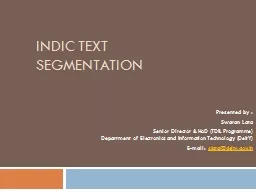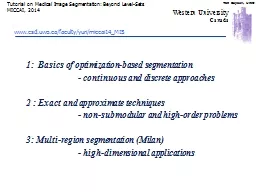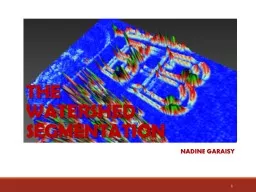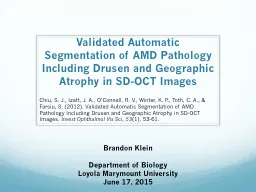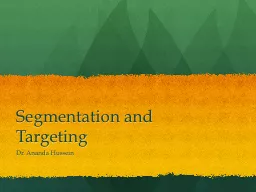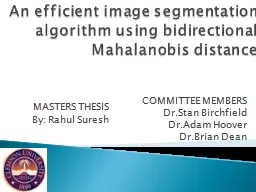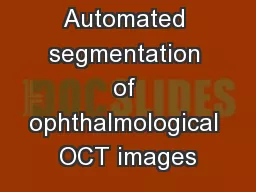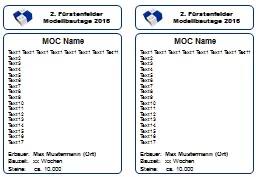PPT-Indic Text Segmentation
Author : pasty-toler | Published Date : 2019-11-22
Indic Text Segmentation Presented by Swaran Lata Senior Director amp HoD TDIL Programme Department of Electronics and Information Technology DeitY Email slatadeitygovin
Presentation Embed Code
Download Presentation
Download Presentation The PPT/PDF document "Indic Text Segmentation" is the property of its rightful owner. Permission is granted to download and print the materials on this website for personal, non-commercial use only, and to display it on your personal computer provided you do not modify the materials and that you retain all copyright notices contained in the materials. By downloading content from our website, you accept the terms of this agreement.
Indic Text Segmentation: Transcript
Download Rules Of Document
"Indic Text Segmentation"The content belongs to its owner. You may download and print it for personal use, without modification, and keep all copyright notices. By downloading, you agree to these terms.
Related Documents

